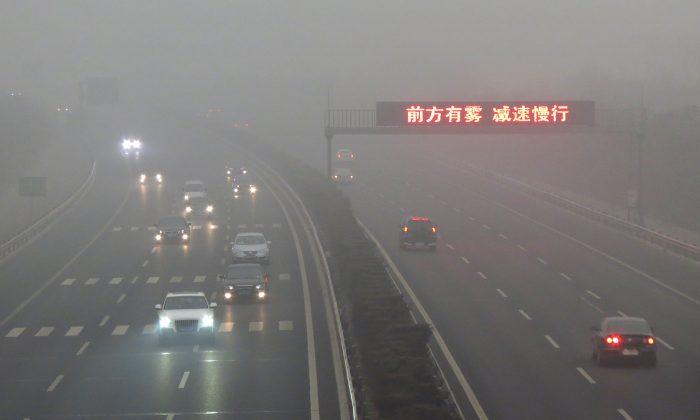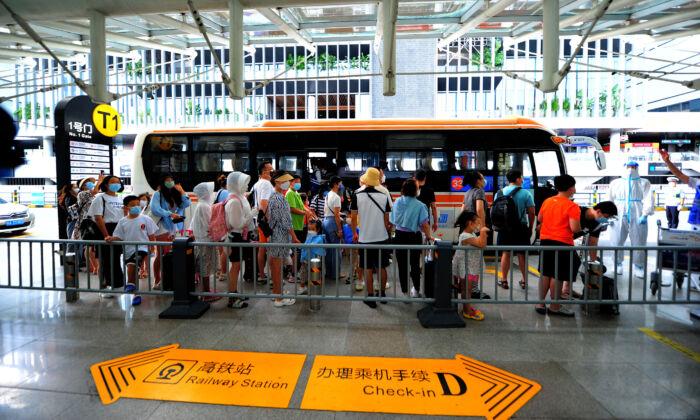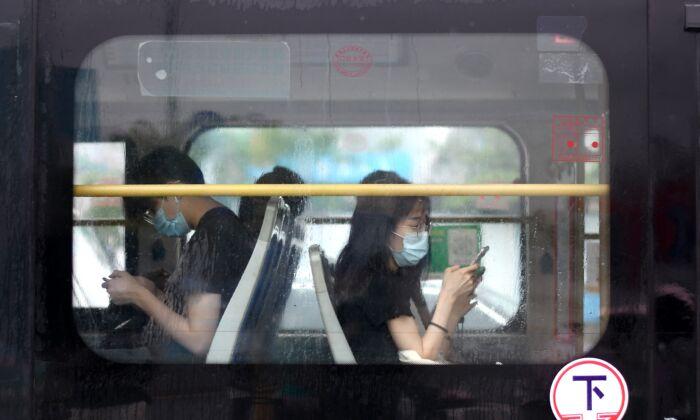Amid the Lunar New Year holidays, severe air pollution in great swathes of China has caused major highways and roads to be closed due to poor visibility.
During the week-long national holiday, most factories, mines, and companies in China are closed. There are also fewer cars on the road as families spend time at home to celebrate.
But the air quality recently became worse.
PM2.5 is fine particulate matter no bigger than 2.5 microns—or two-and-half millionths of a meter—in diameter. Particles of this size can bypass the human body’s natural filtration systems and reach the lungs, according to scientists.
The ministry further noted that in 116 of the total 338 cities, PM2.5 levels reached higher than 150 micrograms/m3, indicating that air quality conditions were unhealthy. In 40 cities, PM2.5 levels were above 250 micrograms/m3, which means air quality conditions reached very unhealthy levels, according to international standards.
In Beijing, the capital city and one of China’s most severely polluted cities, the PM2.5 level reached 177 micrograms/m3.
Furthermore, air pollution caused dense fog.
Visibility was less than 500 meters (1,640 feet) in these regions. In Jiangsu, Zhejiang, Hunan, and Guangdong, the visibility level was at less than 200 meters (656 feet). But most of the affected provinces were even worse, at less than 50 meters (164 feet).
In eastern China’s Shandong Province, most of the highways were closed on Feb. 5 due to the fog and did not reopen until the afternoon of Feb. 7.
Because roads could be closed for several days, the report suggested that travelers plan ahead before they leave.
Normally, the provincial roads, built by local governments and free to the public, are the alternative highways in China. But if both the highway and provincial roads are closed, travelers are left with no option.
Most Chinese cities have rules against the sales and use of firecrackers. Chinese usually buy electronic firecrackers to celebrate the new year, which play the sounds and lights of real firecrackers without any fire or smoke.





